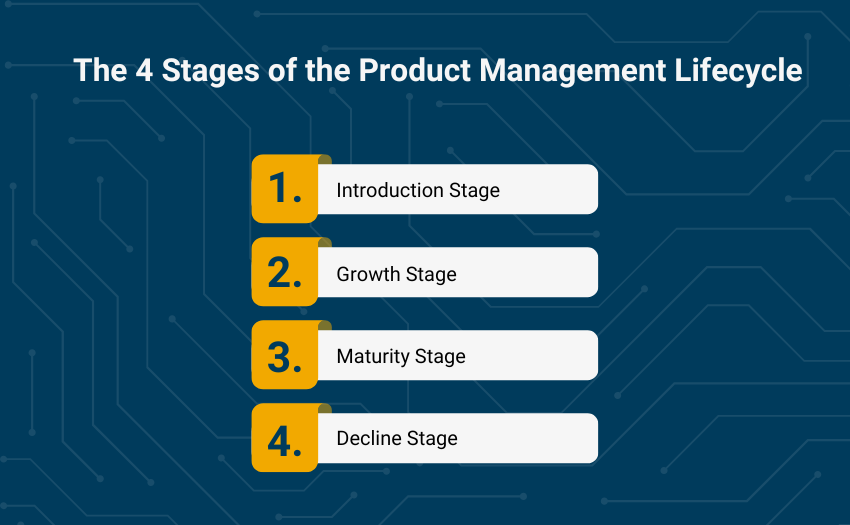The decline stage takes place when sales have steadily plateaued and begin to fall. The main factors that trigger the decline stage include rising market competition and evolving technology and consumer behavior.
Organizations face difficult financial decisions at the final stage of the product lifecycle. To protect the remaining profits and prevent further loss, a company may become acquired by a larger one, spend less on production, rebrand the product, or close its doors.
Decline Stage Example
At the decline stage, MealDash has experienced a steady dropoff in new account signups and active users. Due to the dip in sales and shrinking profits, organizational leaders at MealDash are sitting in strategic meetings to brainstorm how to move forward.
MealDash made the difficult decision to let go of several team members and return to their local marketing efforts. However, with little progress, they closed the business the following year.
Instead of closing its doors, with an earlier detection of the decline stage, MealDash could have taken steps to slow and extend the decline phase and/or invest in an adjacent product for which the product lifecycle would begin again.
Conclusion
As we can see in the case of the fictional company MealDash, product lifecycle management is an exciting journey that includes natural ups and downs. The process requires varying expertise, a strategic plan, and continuous adaptation to remain competitive.
Consider our courses to take your product lifecycle management to the next level. In our Product Management class, you’ll walk away with strategic knowledge for each stage of the product lifecycle. Or take our Lean Portfolio Management class, which helps students learn how to fund, manage, and measure product initiatives.
Drive product success. Find a class today.







